Name Joseph Petrosino | ||
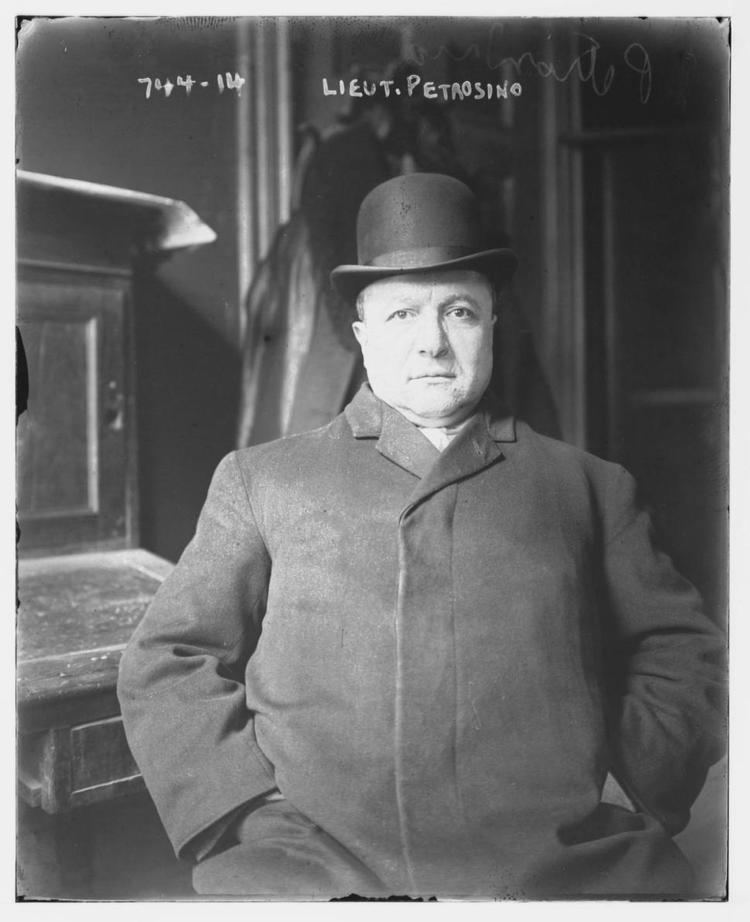 | ||
Similar People Rocco Chinnici, Boris Giuliano, Emanuele Basile, Mauro De Mauro, Cesare Terranova | ||
100 years later nypd legend joseph petrosino is remembered
Joseph "Joe" Petrosino (August 30, 1860 – March 12, 1909) was a New York City police officer who was a pioneer in the fight against organized crime. The various crime fighting techniques that Petrosino pioneered during his law enforcement career are still practiced by various agencies.
Contents
- 100 years later nypd legend joseph petrosino is remembered
- The Murder of New York City Police Lieutenant Joseph Petrosinopart 202
- Early years and family
- Career
- The Black Hand and Enrico Caruso
- Assassination of William McKinley
- Arrest of Cascio Ferro
- Assassination
- Funeral
- Aftermath
- In memoriam
- In film
- In literature
- In television
- References
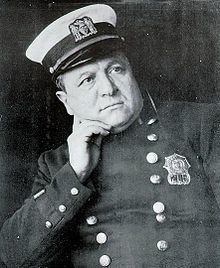
The Murder of New York City Police Lieutenant Joseph Petrosino(part-202)
Early years and family

Petrosino was born Giuseppe Petrosino in Padula, a village in southern Italy. In 1874, the balance of the Petrosino family immigrated to the United States. Joseph had been sent over previously with a young cousin (Antonio Puppolo) to live with his grandfather in New York. An unfortunate streetcar accident took the life of the grandfather, and the two young cousins wound up in Orphans/Surrogates Court. Rather than send the children to the orphanage, the judge took them home to his own family, and provided for the boys until relatives in Italy could be contacted and arrangements made to bring over family members. In consequence, Joseph Petrosino and his cousin Anthony Puppolo lived with a "politically connected" Irish household for some time, and this opened up educational and employment avenues not always available to more recent immigrants, especially Italian immigrants.
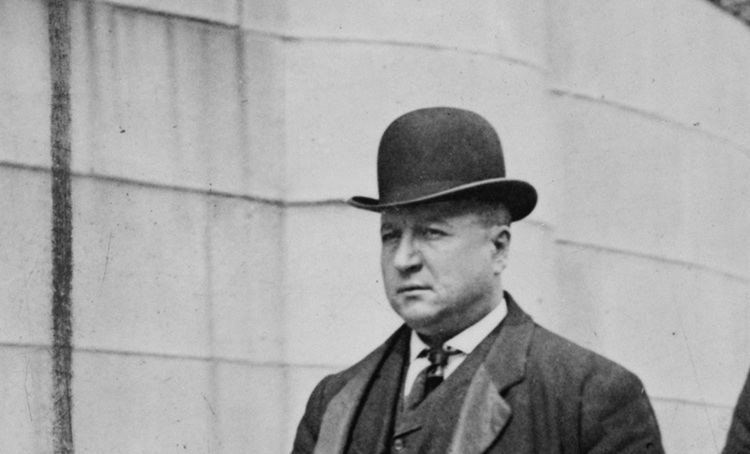
Petrosino married the widow Adelina Saulino (1869−1957), with whom he had a daughter, Adelina Petrosino Burke (1908-2004), who gave birth to Petrosino's granddaughter, Susan Burke. Burke represents the Petrosino family at functions honoring the fallen NYPD hero.
Career

On October 19, 1883, he joined the NYPD. He was the first Italian language speaker in the NYPD's history. At 5 feet 3 inches (1.60 m), he had to get a waiver of the department's minimum height requirement to get the job. During his service he became friends with Theodore Roosevelt, who was a police commissioner for New York City at the time. (At the time the NYPD was governed by a council of police commissioners.) Fluent in several Italian dialects, he was able to 'make' cases that other officers couldn't. His ability to solve crimes in the Italian community was such that whenever a serious crime took place in that area, his superiors would call out, "Send for the Dago!"
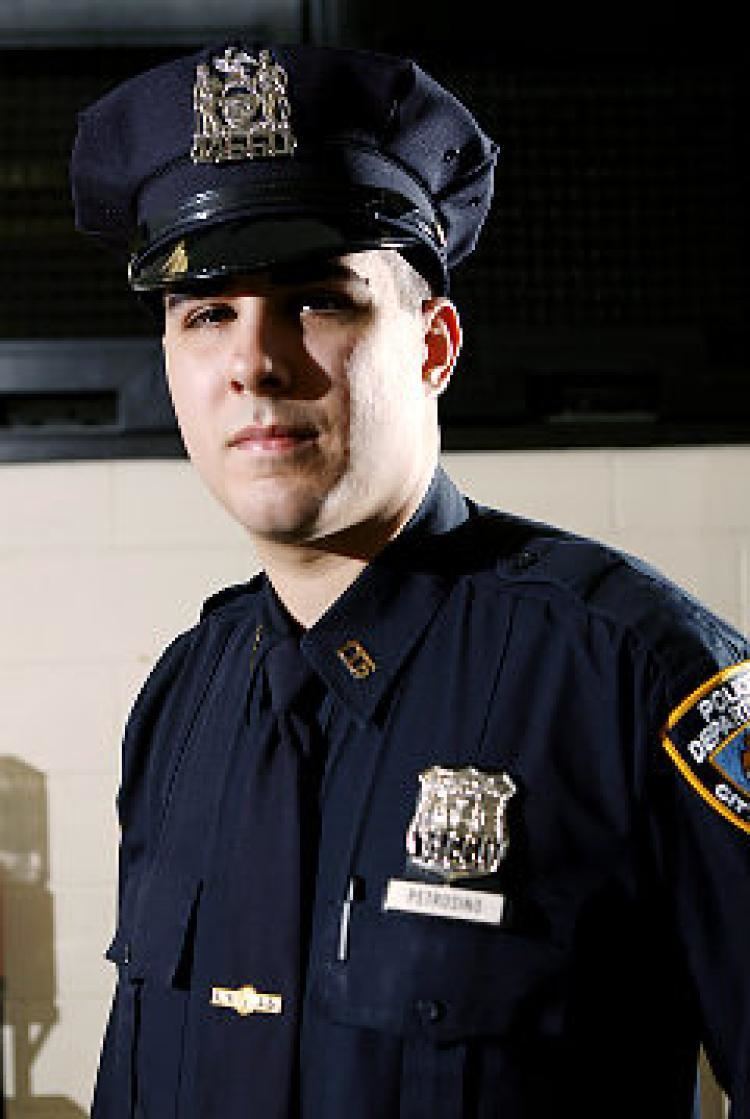
On July 20, 1895, Roosevelt promoted him to detective sergeant in charge of the department's Homicide Division. The pinnacle of his career came in December 1908 when he was promoted to lieutenant and placed in charge of the Italian Squad, an elite corps of Italian-American detectives assembled specifically to deal with the criminal activities of organizations like the Mafia, which Petrosino saw as a shame upon decent Italians and Italian Americans.
The Black Hand and Enrico Caruso

One notable case in Petrosino's stint with the Italian Squad involved the Italian tenor Enrico Caruso, who was performing at the Metropolitan Opera House in New York City. He was being extorted by Black Hand gangsters who demanded money in exchange for his life.
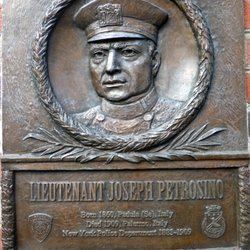
It was Petrosino, a lover of opera, who convinced Caruso to help him catch those behind the blackmail.
Assassination of William McKinley
A second notable case in Petrosino's stint with the Italian Squad was his infiltration of an Italian-based anarchist organization that was suspected of ties with the King Umberto I assassination in 1900.
During his mission, he discovered evidence that the organization intended to assassinate President William McKinley during his trip to Buffalo.
Petrosino warned the Secret Service, but McKinley ignored the warning, even after Roosevelt, who had by this time become Vice-President of the United States, vouched for Petrosino's abilities. McKinley was assassinated by Leon Czolgosz during his visit to Buffalo's Pan-American Exposition on September 6, 1901.
Arrest of Cascio Ferro
Petrosino's investigations into Mafia activities led him to Vito Cascio Ferro, then a low ranking Black Hand affiliate. In 1903, Petrosino arrested him on suspicion of murder, but Cascio Ferro was acquitted. Ferro later returned to Sicily, where he progressed increasingly to the top rank of the Sicilian Mafia. Cascio Ferro was later suspected of Petrosino's murder.
Petrosino also investigated the infamous "Barrel Murders" case of 1903.
Assassination
In 1909, Petrosino made plans to travel to Palermo, Sicily, on a top secret mission. A recently passed federal law allowed the U.S. government to deport any alien who had lived in the country for less than three years, if that alien had been convicted of a crime in another country. Petrosino was armed with a long list of known Italian criminals who had taken up residence in the United States, and intended to get enough evidence of their criminal pasts to throw them out of the country once and for all. However, Theodore A. Bingham, Police Commissioner of New York, gave the story of Petrosino's mission to a New York newspaper while Petrosino was abroad.
On March 12, 1909, after arriving in Palermo, Petrosino received a message from someone claiming to be an informant, asking the detective to meet him in the city's Piazza Marina to give him information about the Mafia. Petrosino arrived at the rendezvous, but it was a trap. While waiting for his "informant," Petrosino was shot to death by Mafia assassins. Later a small memorial (an engraved brass plate on a pole) was erected on Piazza Marina in Petrosino's remembrance.
The day after Petrosino's shooting, the detective's Italian Branch received an anonymous letter stating that the New York Black Hand had arranged the murder. The letter named members of the Morello crime family: Joe Morello, Vincenzo Terranova, Ciro Terranova, Giuseppe Fontana, Ignazio Milone, and Pietro Inzarillo. Cascio Ferro worked with these men during his three-year tenure in New York, so their involvement is possible, but "We will probably never know for sure whether or not the letter was a hoax."
Vito Cascio Ferro was arrested for Petrosino's murder, but was released after an associate provided an alibi. Allegedly, he later (when convicted for murder) claimed that he had personally killed once "a gallant man, not an enemy."
Palermo's police commissioner, Baldassare Ceola, listed five Sicilian suspects:
Author and historian Mike Dash identified the most likely assassins as Carlo Costantino and Antonio Passananti. Costantino and Passananti died in the late 1930s and in March 1969, respectively.
In 2014, during an (unrelated) investigation by Italian police, a descendant claimed that Paolo Palazzotto, a henchman of the Fontana crime ring of Palermo, was the actual killer, executing Cascio Ferro's "hit."
Funeral
Funeral rites for Petrosino were performed in Palermo, after which his body was sent to New York aboard the English S/S Slavonia, arriving April 9. On April 12, 1909, funeral rites were again conducted in Old St. Patrick's (Manhattan) or St. Patrick's Old Cathedral, with over 200,000 people taking part in the funeral procession. New York City declared the day of his burial a holiday to allow its citizens to pay their respects. A pillar topped with an elaborate bust, inaugurated a year after is death, marks his gravesite in Queens, New York, Calvary Cemetery. Ironically, multiple organized crime notables are buried there, including members of the Morello crime family which he investigated, (e.g., Giuseppe "Peter" Morello (the Clutch Hand), Ignazio "Lupo the Wolf" Lupo (1877–1947), and the Terranova brothers (who rest in bare graves).
Aftermath
On July 17, 1909, Baldassare Ceola was relieved of his position as the police commissioner of Palermo, and on the same day Theodore Bingham stepped down as police commissioner of New York.
Petrosino's widow (b. 1869) died in 1957.
In memoriam
There is also an exhibit dedicated to Petrosino in the Italian American Museum, located at 155 Mulberry Street in Manhattan's Little Italy. The exhibit pays tribute to the Lieutenant Detective by displaying unique memorabilia documenting his career. It includes photographs, a vintage 45 LP record, an original Black Hand letter, as well as both artwork and a comic book about his life. A plaster cast from the original 2014 bronze relief in Petrosino Square, was donated to the museum by its creator, artist Carter Jones.
